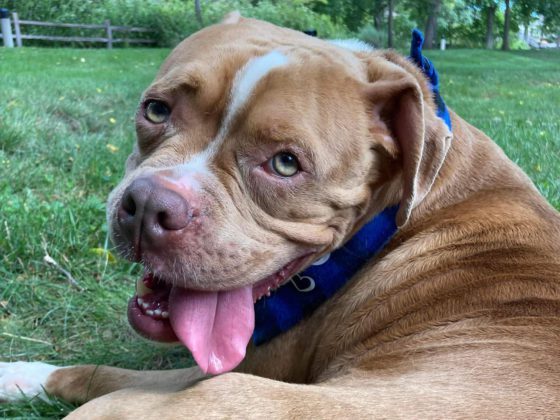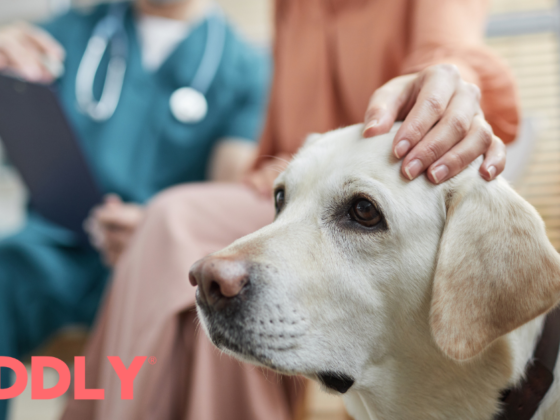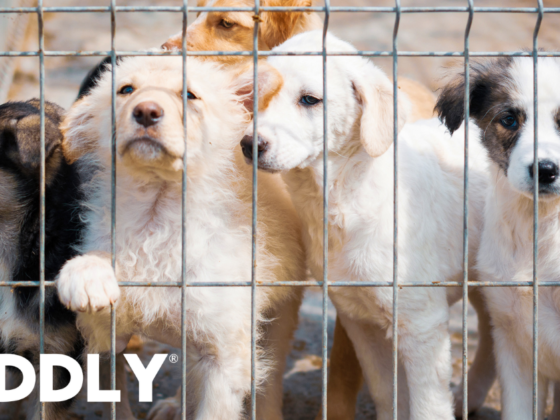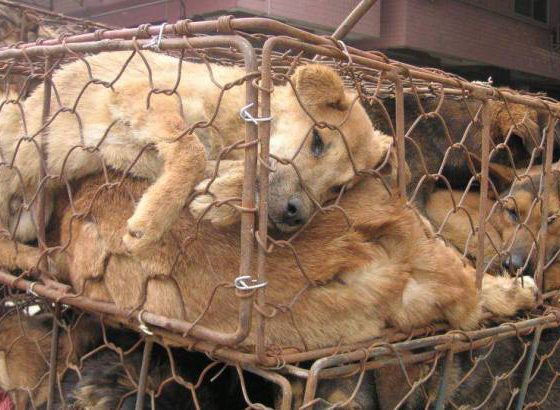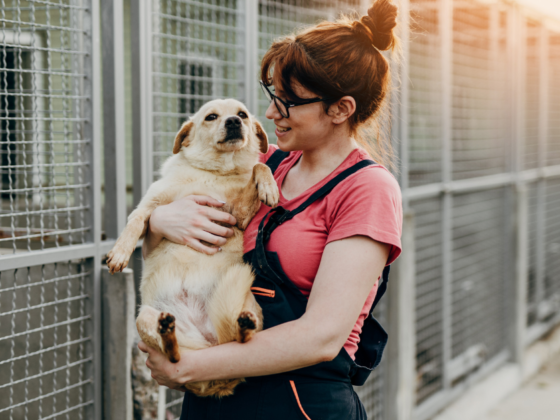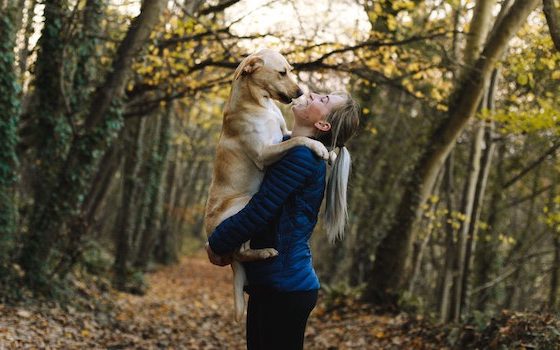A good animal shelter leaves you feeling hopeful about the care and safety of the animals that are currently there. In a sense, you can just tell when a shelter is doing all they can to support adoption, promote education, and maintain best care practices.
Here we’ve listed some top qualities of a well-functioning animal shelter, as well as some great examples of shelters doing the most for their communities and animals in need.
What Are The Qualities Of A Good Animal Shelter?
Finding your best friend should be one of those trouble-free experiences, but it’s sadly true that it can only be done through rigorous research on reputable animal shelters. Ensuring that your potential pet is being properly cared for is critical.
You should always do the proper research on best practices and safety protocol, but there’s something to also visiting a shelter. You should feel comfortable and welcomed, while also seeing that it is a clean and safe environment for animals. Just as you would create a safe and loving home for your pet, animal shelters should strive to do the same.
7 Ways You Can Identify A Good Animal Shelter
To help you understand what makes for a good animal shelter, we have identified 7 ways to know for sure.
1. Qualifications
Each staff member should have ample experience in either veterinarian and/or animal shelter standards and procedures. This also refers to relevant certifications to ensure that your potential furry friend has received all necessary treatment. RescueGroups.org has broken down some important requirements for you to note before visiting a shelter or rescue. You should make sure that they:f
- Operate as a non-profit business (501(c)(3) is not necessarily required)
- Be in the business of preventing or rescuing homeless animals
- Do not promote breeding or the sale of pets
- Have documented spay/neuter rules
- Have public information or educations programs to promote spay/neuter and humane education

2. Transparency
Potential pet owners and fellow animal lovers should be aware of the environment and standards that each shelter has set in place. This can be in the form of “open days” events where the community can see first-hand the treatment and quality of care for the residents.
You should also be able to talk with shelter staff about any questions or concerns you may have before adopting an animal. It’s a big step, and you should feel supported throughout the process. Afterall, a good shelter wants to support the larger community and individuals as they work to find proper homes for their animals.
3. Active In The Community
See that the animal shelter is maintaining consistent communication with the community. It shows that they are aware of their presence in the community, and are welcome to exploring partnerships and relationships with local people. Shouldn’t we approach animal shelters as we approach other town programs or businesses.
It’s all a collaborative effort to help the community thrive, and what better way than to support the animals that bring us so much joy. Get involved with your local animal shelter and see how your talents can help.
4. Spay or Neuter Programs
It’s important to consider a shelter with spay or neuter programs because it ultimately benefits your pet’s health and the larger community as well. Shelters can use spay and neuter programs as preventative measures for population control. While the policies on spaying/neutering are largely left to individual states, many do have a statement on sterilization practices.
Instead of searching, you can use PETA’s List of Current Spay-and-Neuter Ordinances to see how your state measures up.

5. Has Veterinarian Support
Shelters should closely work alongside a local veterinarian to treat any animals and ensure their safe care. Check to see who the veterinarian is at your local shelter. This lets you see how the animals are being treated and if there is an emphasis on staying up to date with vaccinations as well as if they are spaying and neutering animals based on state guidelines.
For more information on what shelters should have in place for veterinary care, check out a few of the resources below.
- What is Shelter Medicine?
- Who Makes an Effective Shelter Veterinarian?
- What is the Role of a Veterinarian in Animal Shelters?
- Shelter Veterinary Medicine and the ASPCA

6. Follow-Up Checks
Many reputable shelters will require owners to attend a follow-up visit to establish that the pet is properly being cared for and in a safe environment. This may seem invasive to you, but it really is a good thing for your animal and the shelter they came from. It says more about their practices in due diligence than anything else. Oftentimes they just want to double check that everything is going smoothly.
They can also be a wealth of information if you’re having trouble with leash training or socialization. It’s all common and sometimes it takes time to form strong bonds. You should lean on your shelter if they offer follow-up checks – it will end up helping everyone involved in the long run.
7. Look For “No Kill” Shelters
“No kill” shelters are a must when looking to adopt an animal. While some shelters still have to euthanize certain animals for medical and age-related issues, others work extremely hard to care for and adopt out animals. The No Kill Advocacy Center is a great resource if you’re looking to join the movement. For more information on why “no kill” shelters are vital steps toward a no kill nation, see the resources below.
There are countless resources here on how to advocate for no kill shelters in your community. Talk with your local shelter or rescue to see if some of these elements can be incorporated into current policy. Your individual effort could in turn have a much larger impact on the animals in your community and this country.
Other Things To Look Out For
You should always look to make sure health, safety, and cleanliness are top items to keep in mind when visiting or researching a shelter/rescue. Also think about researching local state guidelines for spaying and neutering as mentioned above. Overall, you can always create discussion in your local community around how to better support local shelters and rescue groups.
Use social media as a tool to bring about awareness and positive change to an animal’s life in your community. Check out our podcast with Chloe DiVita and Jessica Shipman, co-founders of All Pet Voices, where they discuss Unpacking Authenticity. They share tips on working with influencers, growing your business, and why authenticity is important in today’s media landscape.
The current landscape has changed completely from even five years ago. Now we see the power of pet videos to inform, educate, and simply entertain us. TikTok has become a great platform for rescues and veterinarians to make an impact. Check out these two blog posts about the virality of TikTok animal videos.
Best Veterinarian TikToks to Follow
Examples of Good Animal Shelters
Thanks to Top Dog Tips, you can see a list of 30 best animal shelters that make America proud. There are definitely more than the 30 that are listed, but it’s a great resource to familiarize yourself with some best practices that ensure an animal’s quality of life is of the utmost importance. You may even come across a shelter local to your area.
Be sure to also check out a few of our past blog posts highlighting the great work some of the rescues we work with are doing.
- 8 Great Texas Rescues
- New York Animal Rescues Making a Difference
- Great Animal Rescues in Florida
- 10 Great California Animal Rescues
Why Does A Good Shelter Matter?
A good shelter sets a precedent to the community and other organizations around the country. They also make an effort to embody a few basic principles for care and adoption efforts. We can all stand to support our local and national animal shelters to thrive.
Social promotion, an emphasis on veterinarian support, and maintaining transparency in practices help to ensure that your potential pet is joining your family in the healthiest way possible.


